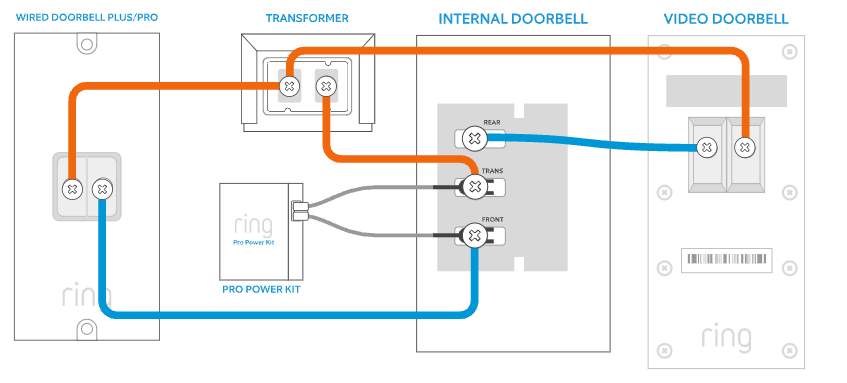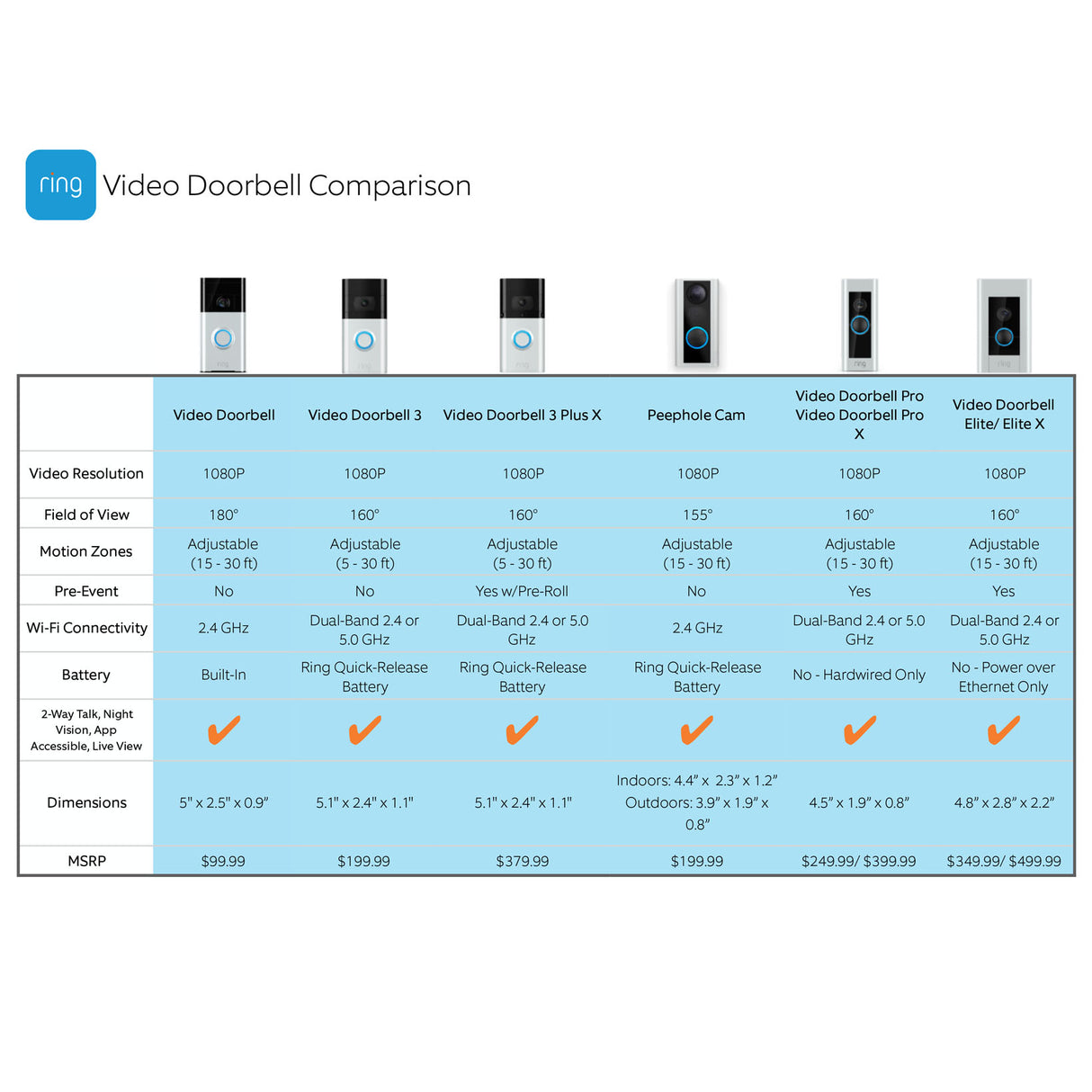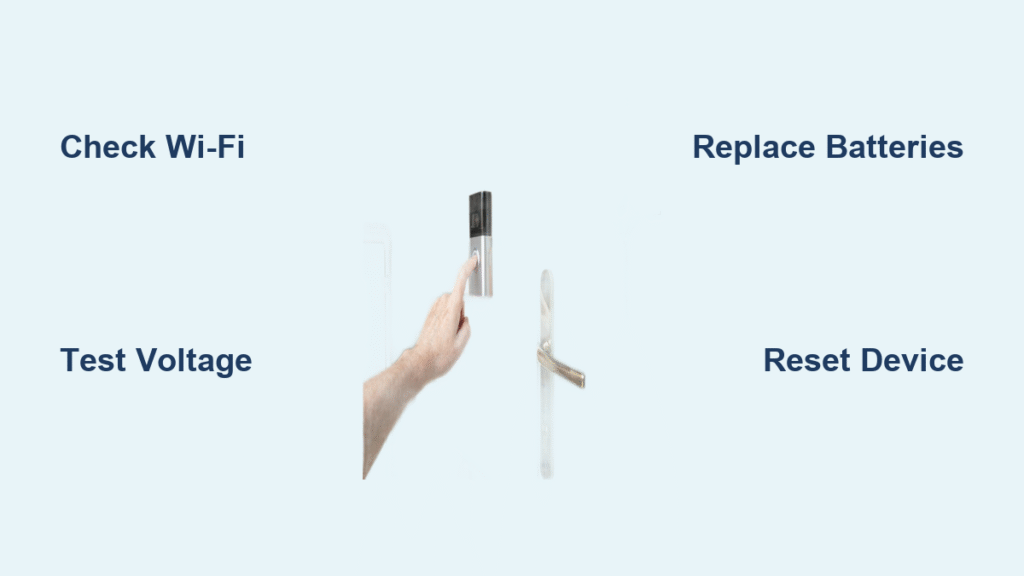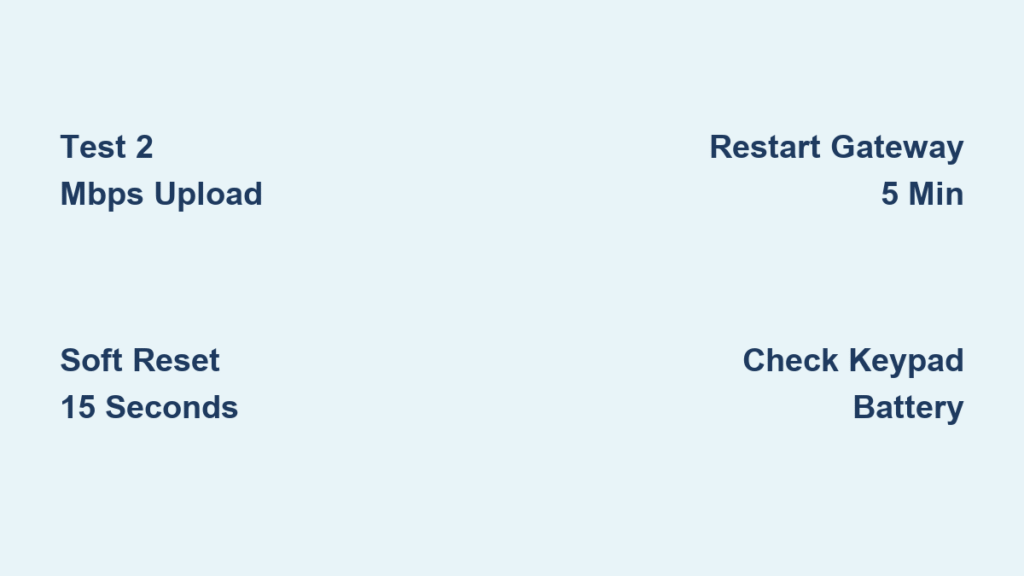Your internet just died during a storm, and you’re staring at your Ring doorbell wondering: Is it still guarding my home? You’re not alone—nearly 60% of Ring owners panic during Wi-Fi outages. Here’s the critical truth: Your Ring doorbell will keep its basic eyes open without Wi-Fi, but it transforms from a smart security sentinel into a limited watchdog. Motion sensors still detect movement, and certain models continue recording—but forget real-time alerts or two-way conversations with delivery drivers.
This isn’t theoretical. When Wi-Fi vanishes, your Ring loses its cloud brain while retaining physical senses. The difference between a $100 paperweight and a functional security device hinges entirely on your specific model and setup. Without preparation, you’ll miss critical visitor alerts and lose cloud footage—but with the right configuration, you can maintain vital recording capabilities.
In this guide, you’ll discover exactly which Ring features survive internet blackouts, how to test your system’s offline readiness, and three proven fixes to keep recording during outages. Most importantly, you’ll learn whether your specific model can function without Wi-Fi—and what to do if it can’t.
Ring Doorbell Functions That Keep Working Offline

Your Ring’s physical hardware remains active during Wi-Fi outages, but with severe limitations. Motion sensors continue detecting movement through your property, silently logging activity while powerless to notify you. For battery-powered models like the Ring Video Doorbell 3, this constant scanning drains power 30% faster as the device repeatedly attempts to reconnect.
Local Recording Capabilities by Model
Only specific setups maintain recording without internet. The Ring Stick Up Cam paired with a Ring Edge base station (sold separately) continues saving footage to a microSD card—up to 64 hours on a 128GB card before overwriting oldest clips. Without Edge, most doorbells like the Video Doorbell 4 become motion detectors that can’t store evidence. Crucially, Ring Protect subscription is mandatory to enable offline recording even with Edge.
Hardware Features That Operate Offline
- Night vision LEDs function normally since they’re power-dependent, not connectivity-dependent
- Manual siren activation works on compatible models like the Floodlight Cam when triggered locally
- Power indicators show status through LED patterns (e.g., solid blue = powered but offline)
- Battery charging continues uninterrupted for wired or solar-powered units
Critical Ring Features Lost During Wi-Fi Outages
Cloud-dependent functions vanish instantly when your internet disconnects. Without Wi-Fi, your Ring becomes a local-only device with no remote capabilities—meaning you can’t check who’s at the door from your office or tell porch pirates to leave packages. This isn’t a minor inconvenience; it’s a complete security gap during critical moments.
Essential Functions That Fail Completely
- Real-time mobile alerts stop entirely—you won’t know when someone rings the bell
- Two-way talk becomes impossible since streaming requires constant data flow
- Cloud storage access disappears, making past recordings unreachable from your phone
- Alexa announcements fail, so Echo devices won’t announce visitors
- Firmware updates pause, leaving security vulnerabilities unpatched until Wi-Fi returns
Pro Tip: Battery models drain fastest during outages. If your Ring Video Doorbell 2 suddenly dies during internet downtime, check its battery level—it’s likely exhausted from repeated reconnection attempts.
Which Ring Models Survive Without Wi-Fi?

Your doorbell’s offline capability depends entirely on its model and accessories. Most standard Ring doorbells become nearly useless without internet, but enterprise-grade options offer resilience. Understanding your specific hardware prevents dangerous assumptions during outages.
Ring Doorbell Elite: The Wired Lifeline
The Ring Doorbell Elite is the only mainstream model that maintains full functionality without Wi-Fi—if connected via Power over Ethernet (PoE). Since it bypasses wireless entirely, your doorbell keeps streaming live video, sending alerts, and recording to the cloud as long as your wired router operates. This makes it ideal for businesses or homes with reliable Ethernet infrastructure.
Battery Models: Limited Offline Recording
Battery-powered units like the Ring Video Doorbell 4 have no local storage capability alone. To record offline, you must pair them with a Ring Edge base station ($200). Without Edge, these models only detect motion silently—no footage is saved. Even with Edge, you lose remote viewing until internet returns, though recordings continue locally.
3 Reliable Fixes for Ring Doorbell Wi-Fi Outages
Don’t wait for an outage to discover your Ring’s limitations. These tested solutions restore critical functionality when your internet fails, with options for every budget and technical skill level.
Mobile Hotspot Emergency Setup
Your smartphone becomes a temporary Wi-Fi source in minutes:
1. Enable 2.4GHz hotspot on your phone (Ring doesn’t support 5GHz)
2. In Ring app, go to Device Health > Change Wi-Fi Network
3. Connect doorbell to your hotspot’s network
Warning: This burns 1-2GB of cellular data per hour and drains both devices’ batteries rapidly. Only use for short outages.
Ring Edge Local Storage Installation
For continuous offline recording:
1. Purchase Ring Edge base station + 128GB microSD card ($200 total)
2. During initial setup, connect Edge to router and enable “Local Video Storage”
3. Insert microSD card (formatted as exFAT) into Edge
Result: Motion-triggered recordings save locally during outages. After internet returns, footage syncs to cloud automatically.
Power Continuity With UPS Backup
Prevent combined power/Wi-Fi failures:
– Plug wired Ring models into a UPS battery backup (e.g., APC Back-UPS 600VA)
– For battery units, install Ring Solar Panel ($60) to maintain charge during outages
This keeps your system running 2-4 hours after power loss—enough time to restore connectivity.
How Long Does Ring Record Without Wi-Fi? (Storage Math)

Offline recording duration depends entirely on your microSD card size and video quality settings. With Ring Edge enabled:
| microSD Capacity | Estimated HD Recording Time | Overwrite Behavior |
|---|---|---|
| 32GB | 16 hours | Oldest footage deleted first |
| 128GB | 64 hours | Continuous loop recording |
| 256GB (max) | 128 hours | Files remain until overwritten |
Critical note: Ring uses H.264 compression at 1-2 Mbps bitrate. Higher motion activity reduces total recording time. Always use Class 10/U3 speed cards to prevent corruption during power fluctuations.
Protecting Offline Ring Recordings from Theft
Local storage creates new security risks when your Ring operates offline. Since footage lives only on your premises, physical theft of the microSD card means losing all evidence—a critical vulnerability during break-ins.
Essential Offline Security Measures
- Enable end-to-end encryption in Ring app settings for Edge recordings
- Store Ring Edge base station in a locked cabinet away from doorbell location
- Document removal times if retrieving card for evidence (e.g., “Card removed 8/15 14:23”)
- Hash files immediately on computer to preserve legal admissibility
Without these steps, a burglar could steal your Ring device and the microSD card—erasing all proof of the crime.
Test Your Ring Doorbell’s Offline Performance in 5 Minutes
Don’t wait for a real outage to discover failures. Validate your setup now:
1. Disable Wi-Fi on your router for 10 minutes
2. Walk past doorbell to trigger motion detection
3. Check phone—no alerts should arrive (confirms offline status)
4. Restore internet and verify:
– Cloud recordings synced correctly
– Ring Edge users: Check microSD card footage on computer
Troubleshooting tip: If recordings don’t appear after internet returns, force-refresh the Ring app or restart your router. Persistent failures indicate misconfigured Edge settings.
Ring Alternatives That Work Without Wi-Fi (4G and Wired Options)
If Ring’s Wi-Fi dependency is a deal-breaker, consider these truly offline-capable systems:
| Model | Offline Superpower | Best For |
|---|---|---|
| Reolink Go Plus | 4G LTE cellular + microSD storage | Rural areas, no internet homes |
| Arlo Go 2 | 4G backup with local recording | Travelers, frequent outages |
| Lorex DVR System | Wired coax to local recorder | Businesses, evidence retention |
These eliminate Wi-Fi dependence entirely but sacrifice Ring’s seamless app integration. The Go Plus costs 25% more than Ring but works during total internet blackouts.
Your Immediate Steps to Ensure Ring Works During Wi-Fi Downtime
Don’t gamble with security. Take these actions today:
1. Open Ring app → Device Health → identify your exact model
2. For critical security needs:
– Add Ring Edge + 128GB microSD if you own Stick Up Cam ($200)
– Upgrade to Ring Doorbell Elite + PoE if wiring is feasible ($350+)
3. Install UPS backup for 2-4 hours of outage coverage ($60)
Pro move: Print a laminated card listing your model’s offline capabilities and tape it near your router. When internet fails, you’ll instantly know whether your Ring is silently recording or completely blind.
Your Ring doorbell won’t abandon you during Wi-Fi outages—but without preparation, it becomes a fraction of its smart self. The difference between captured evidence and security failure hinges on whether you’ve enabled local storage or chosen a resilient model. By implementing just one offline solution today, you ensure your doorbell keeps guarding your home when internet vanishes. Test your setup now, because when the next outage hits, you won’t have time to figure it out.





